
Talks on waterbirds and where to find them
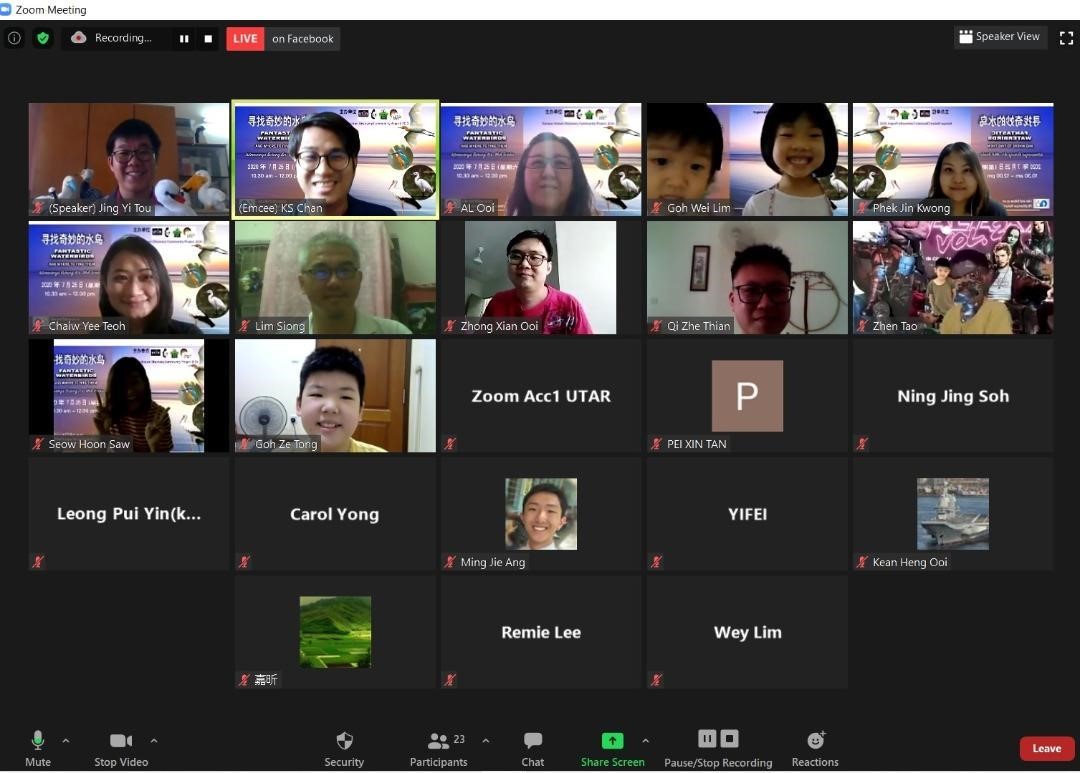
Tou (top left) with participants of all ages
UTAR Kampar Nature Discovery Community Project 2020 organised a series of online science talks titled “Fantastic Waterbirds and where to find them” from 25 July to 8 August 2020 via Zoom and Kampar Nature Discovery’s Facebook group.
The event was co-organised by the Malaysian Nature Society Perak Branch (MNS Perak), Perak State Park Corporation and Lembah Kinta Geopark. The project is in line with SDG15 – Life on Land.
With the aim to increase the knowledge and awareness of waterbird biodiversity in Kinta Valley among the public, especially school children and teenagers, the webinar received about 100 participants from the age of 7 to 70 years old. The participants came from various parts of Malaysia and neighbouring countries.
Among the talks held were “Fantastic Waterbirds and where to find them”, conducted both in Chinese and English, by Faculty of Information and Communication Technology (FICT) lecturer-cum-MNS Perak Committee Member Tou Jing Yi and Istimewanya Burung Air – Moh Teroka, conducted in Malay, by retired UNIMAS Prof Mustafa Abdul Rahman.
Tou conducted his talk “Fantastic Waterbirds and where to find them” in Chinese on 25 July 2020. He is a bird enthusiast with more than 10 years of birding experience.
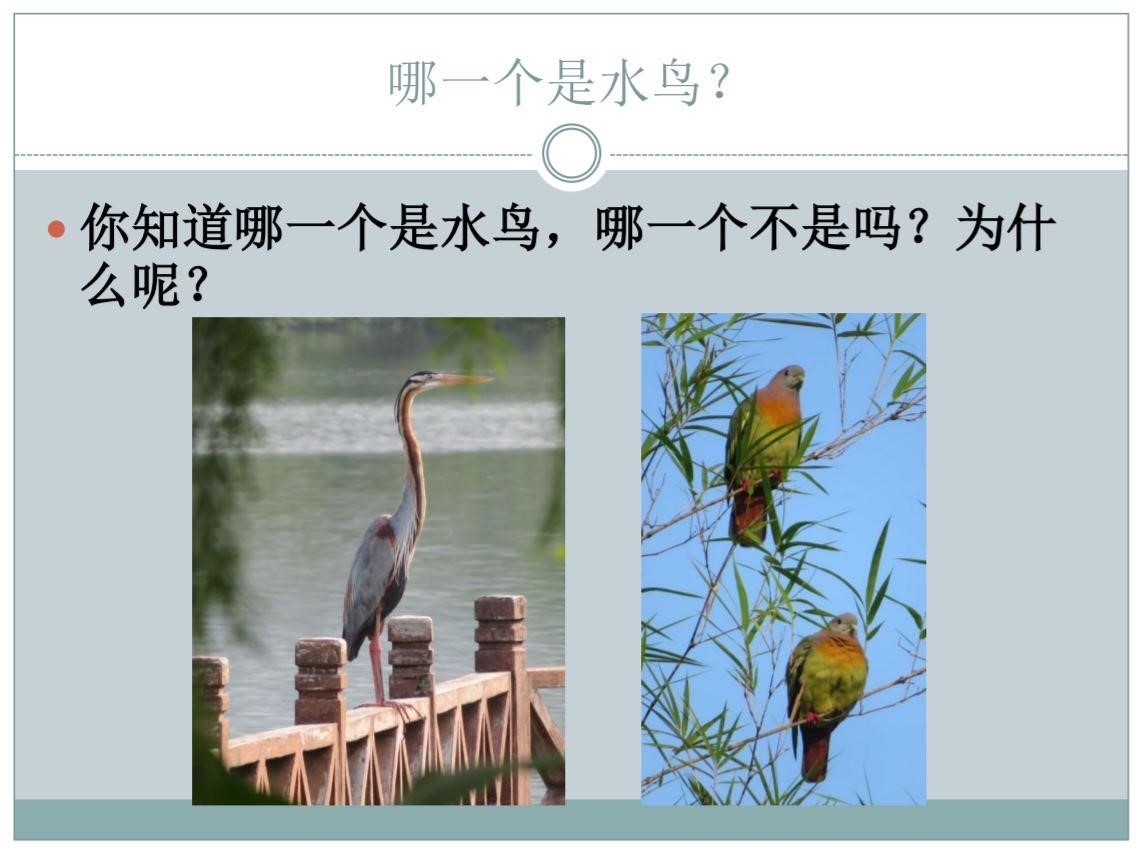
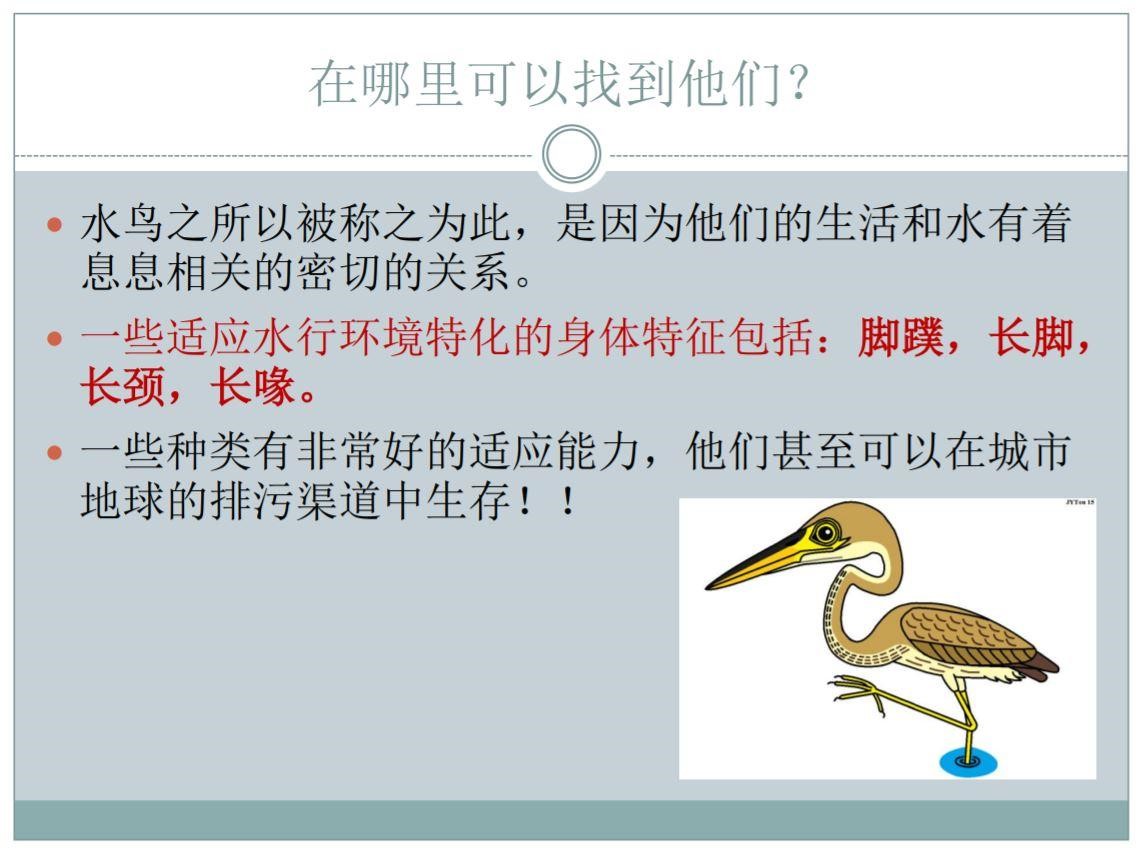
Tou explaining how to differentiate waterbirds from other bird species
Firstly, Tou gave a brief introduction on waterbirds and how to differentiate waterbirds from other bird species. He highlighted the physical characteristics of waterbirds which include webbed feet, long legs, long flexible neck and long peck, and where to find them. He said, “Waterbirds are dependent on freshwater for food. Most of them are top-tier consumers in the complex food web as they feed on fish, small reptiles and frogs.”
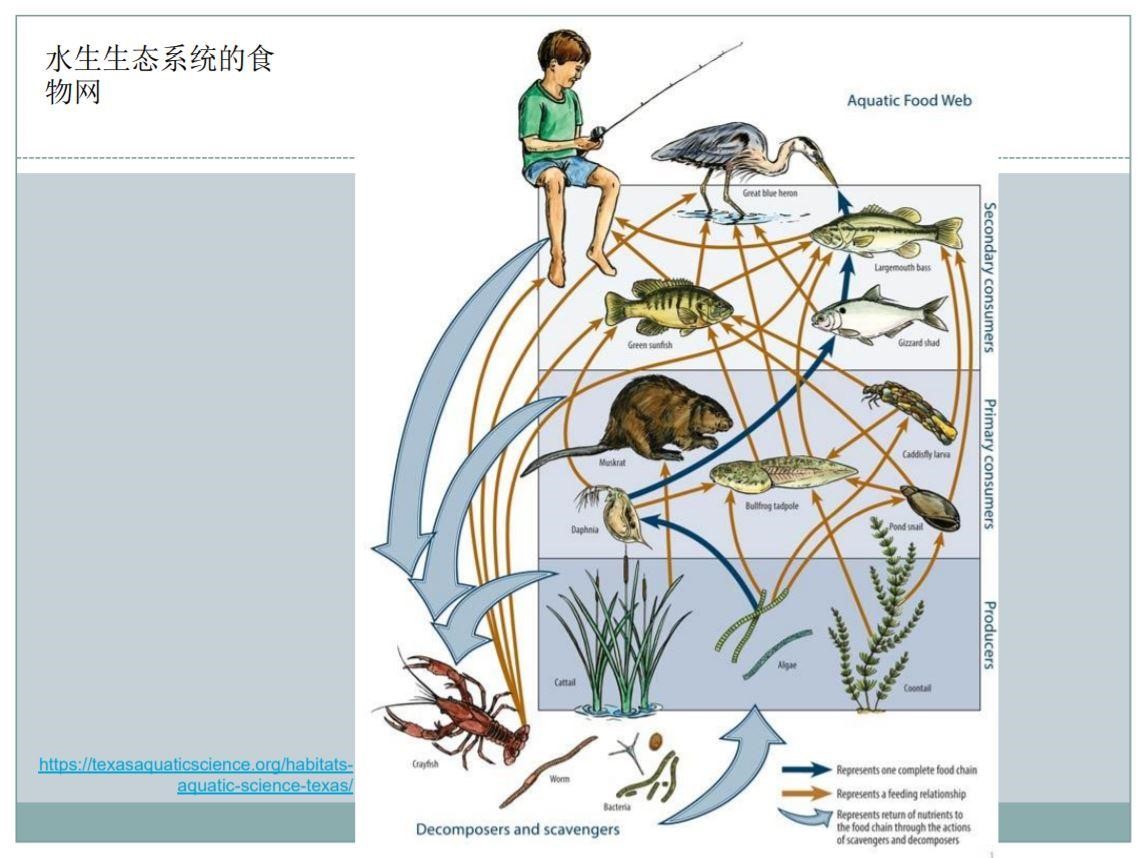
Waterbirds play a vital role in maintaining the balance of the freshwater ecosystem
He then stressed the importance of protecting waterbirds, and said, “Waterbirds are important to the environment as many of them are high-rank consumers in the food web offreshwater ecosystem. They also bring natural resources such as minerals in their faeces in to the aquatic systems.”
According to Tou, Kinta Valley is famous for waterbirds because it was once famous for tin mining and now the ex-mining lakes have undergone ecological succession and self-rehabilitation. The lakes have transformed into an environment that is full of vitality, similar to natural lakes which are suitable for waterbirds to live in. The healthy ecosystem has slowly come back as reflected by the diverse vegetation and wildlife.
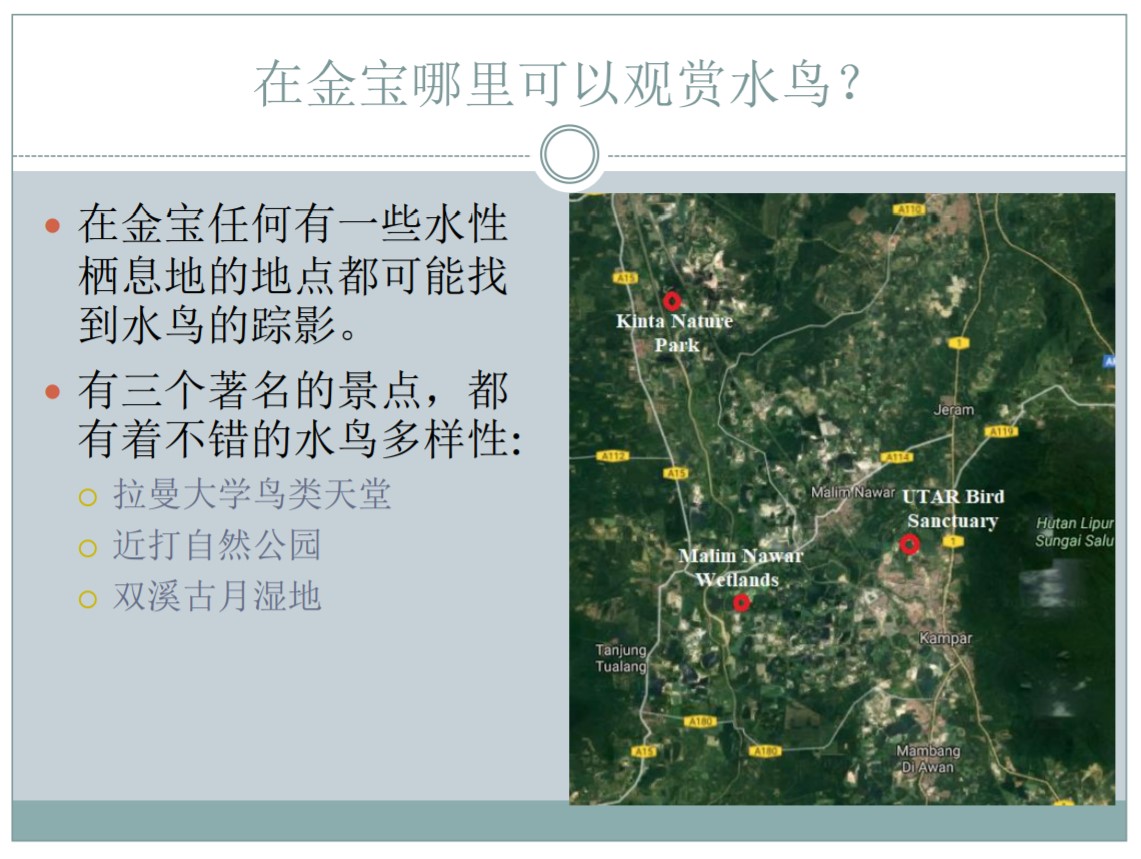
Various species of waterbirds can be found in UTAR Bird Sanctuary, Kinta Nature Park and Malim Nawar Wetlands
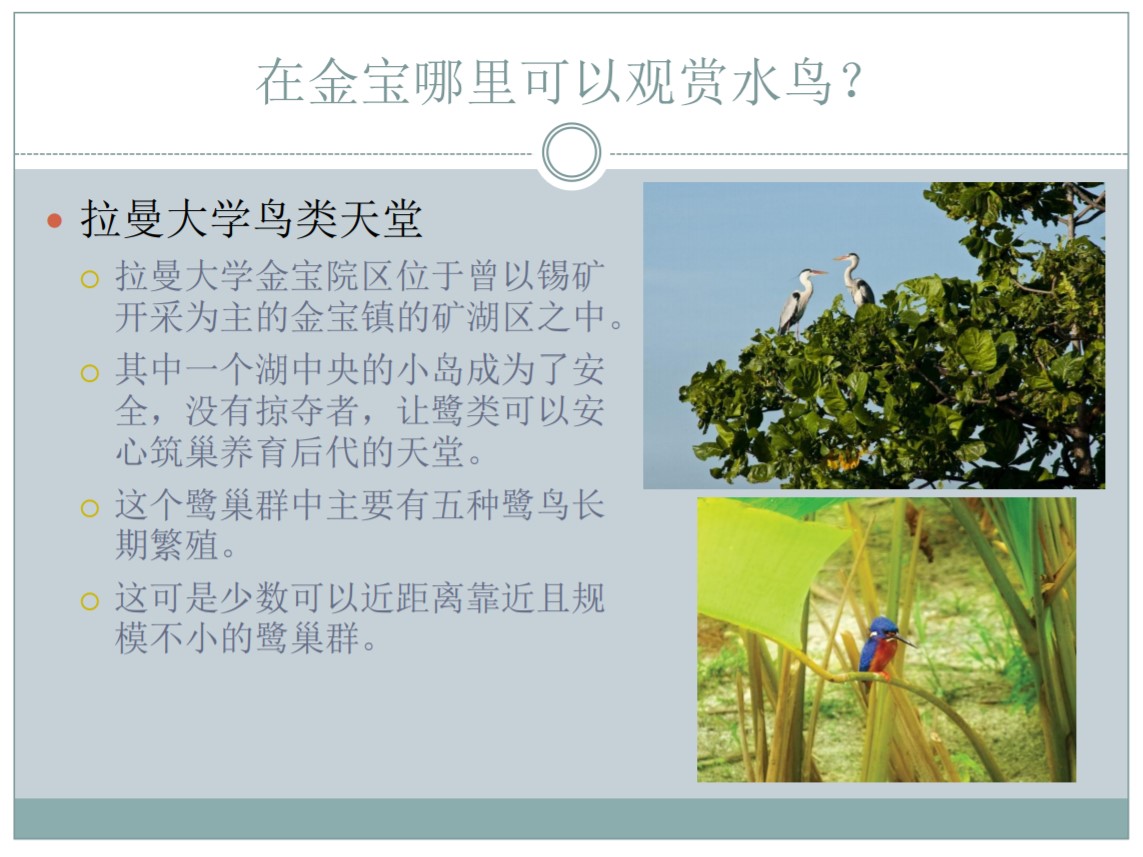
UTAR Kampar Campus - a ‘paradise’ for waterbirds
He mentioned, “Since the Kinta Valley has diverse habitats of waterbirds, it is capable of supporting a variety of conditions for the survival of waterbirds, hence attracting all kinds of waterbirds. Currently, there are 82 different species of waterbirds from 17 families that have been recorded in Kinta Valley. UTAR Kampar Campus is actually a ‘paradise’ for waterbirds and many species of waterbirds can be found in the surroundings of UTAR.”

Waterbirds species found in Kampar

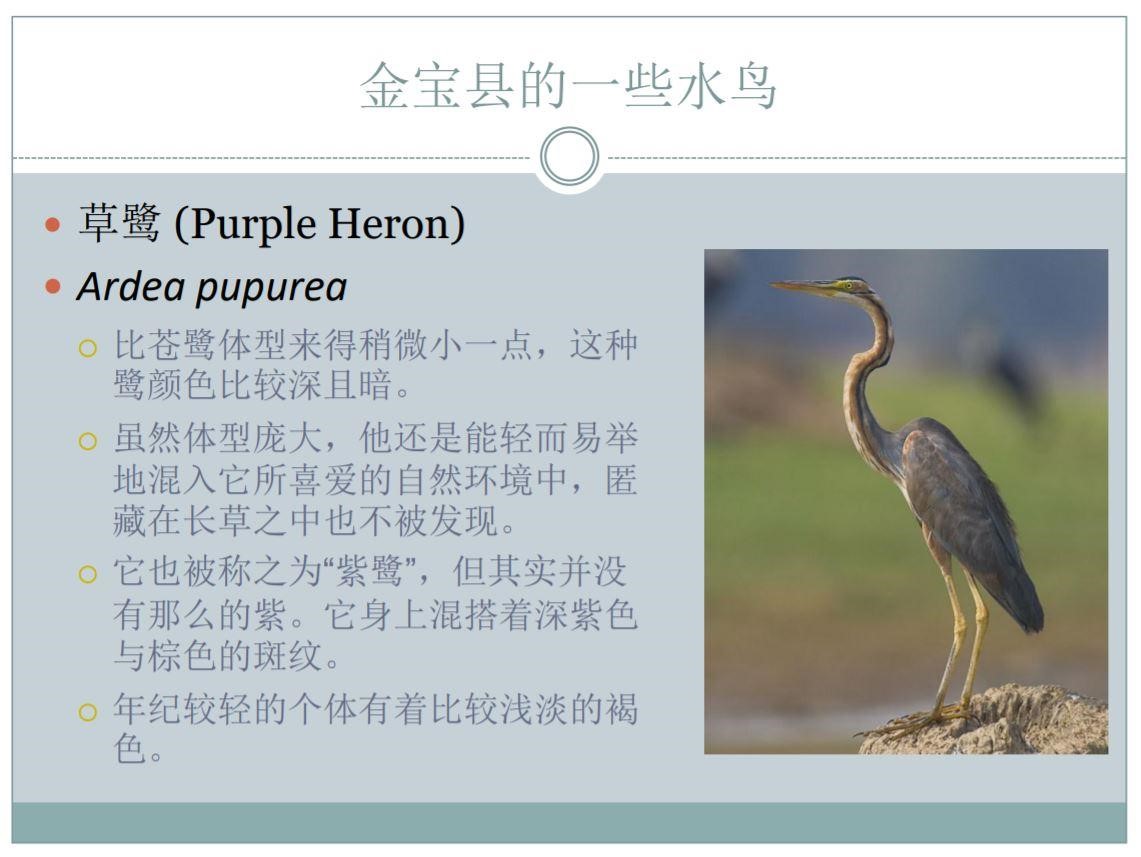
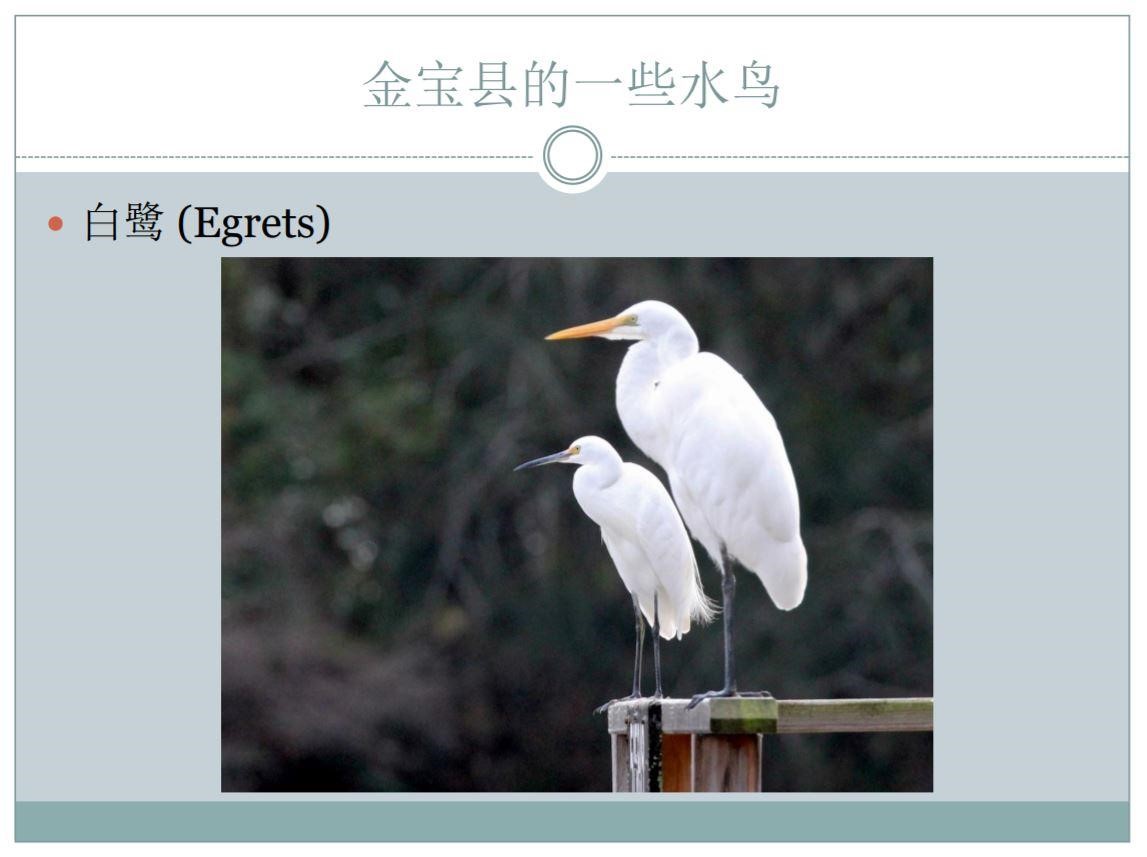
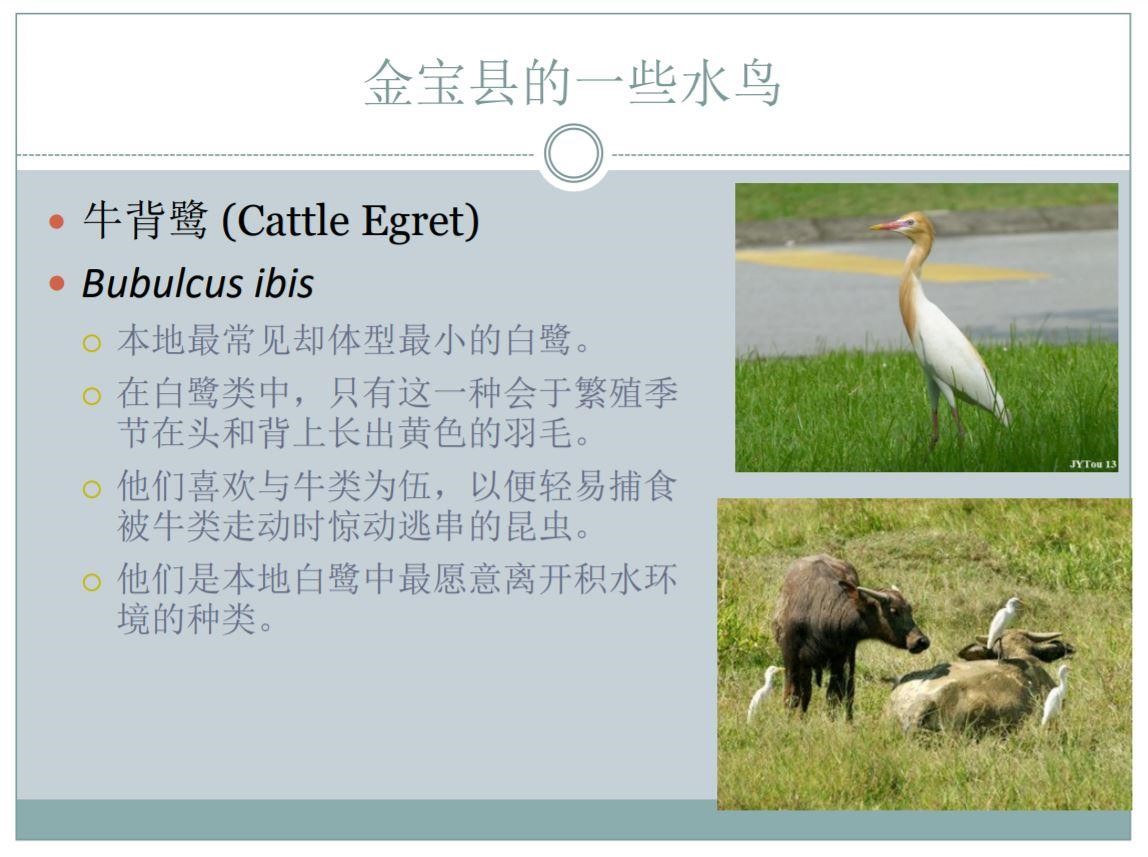
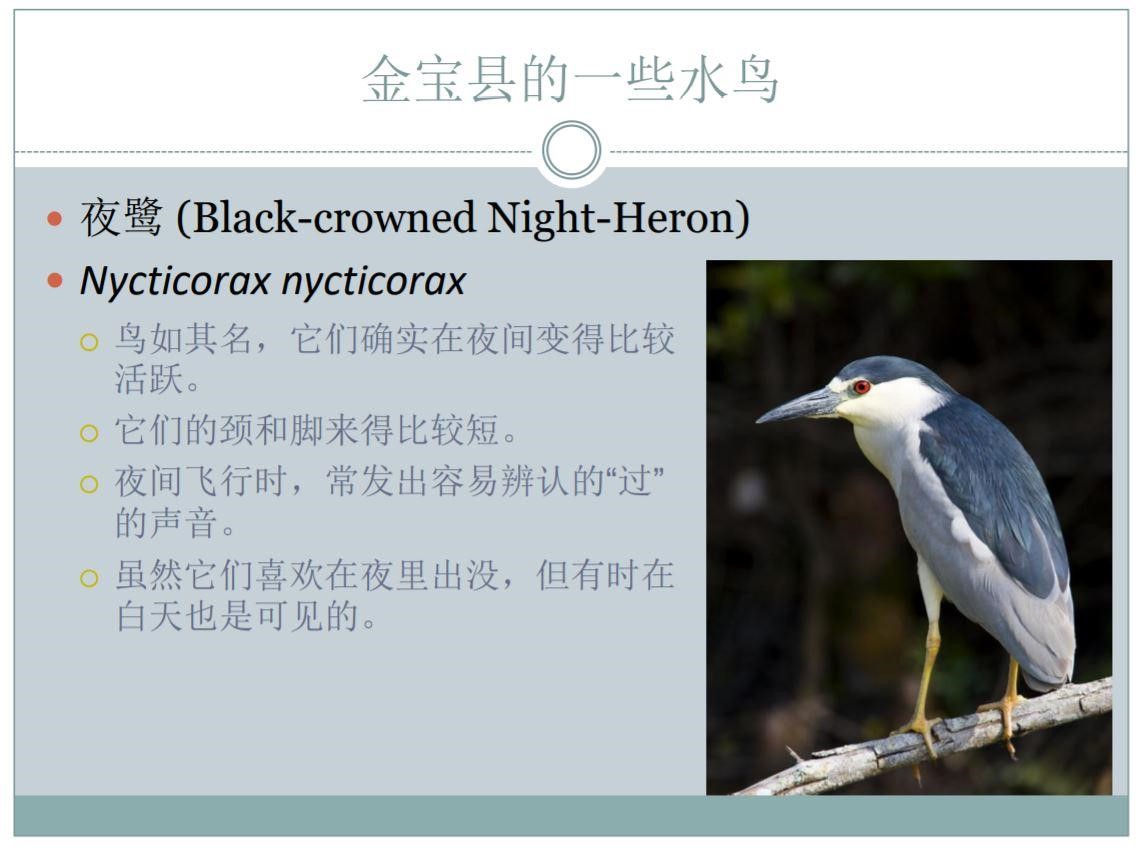
Herons and egrets (Pelecaniformes)
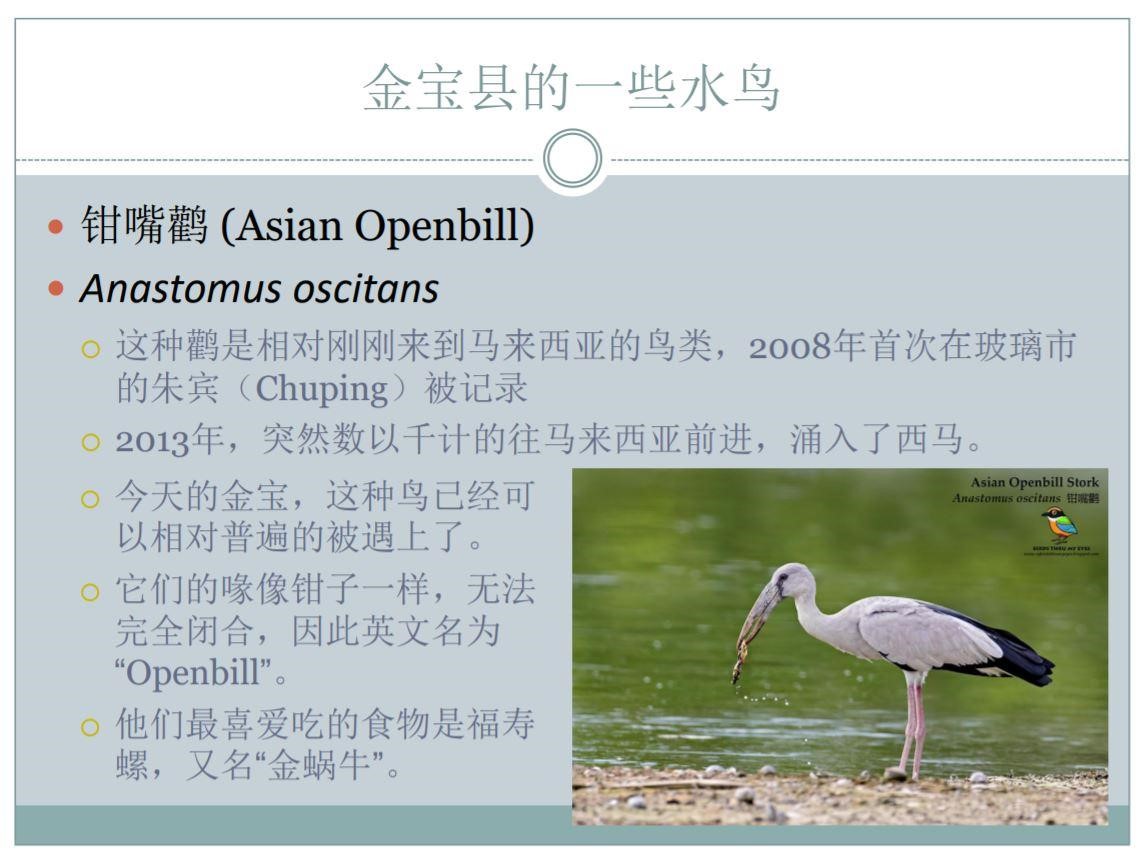
Asian Openbill (Anastomus oscitans)
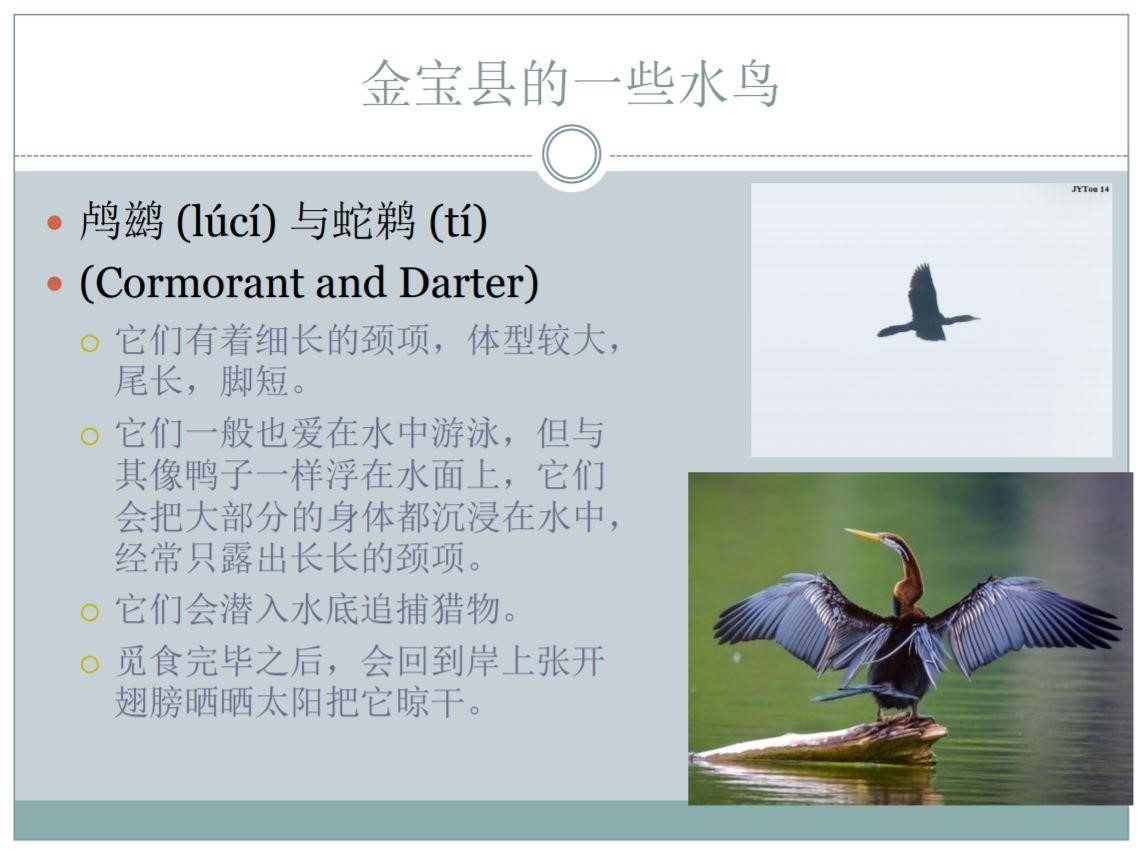
Cormorants and darters (Suliformes)
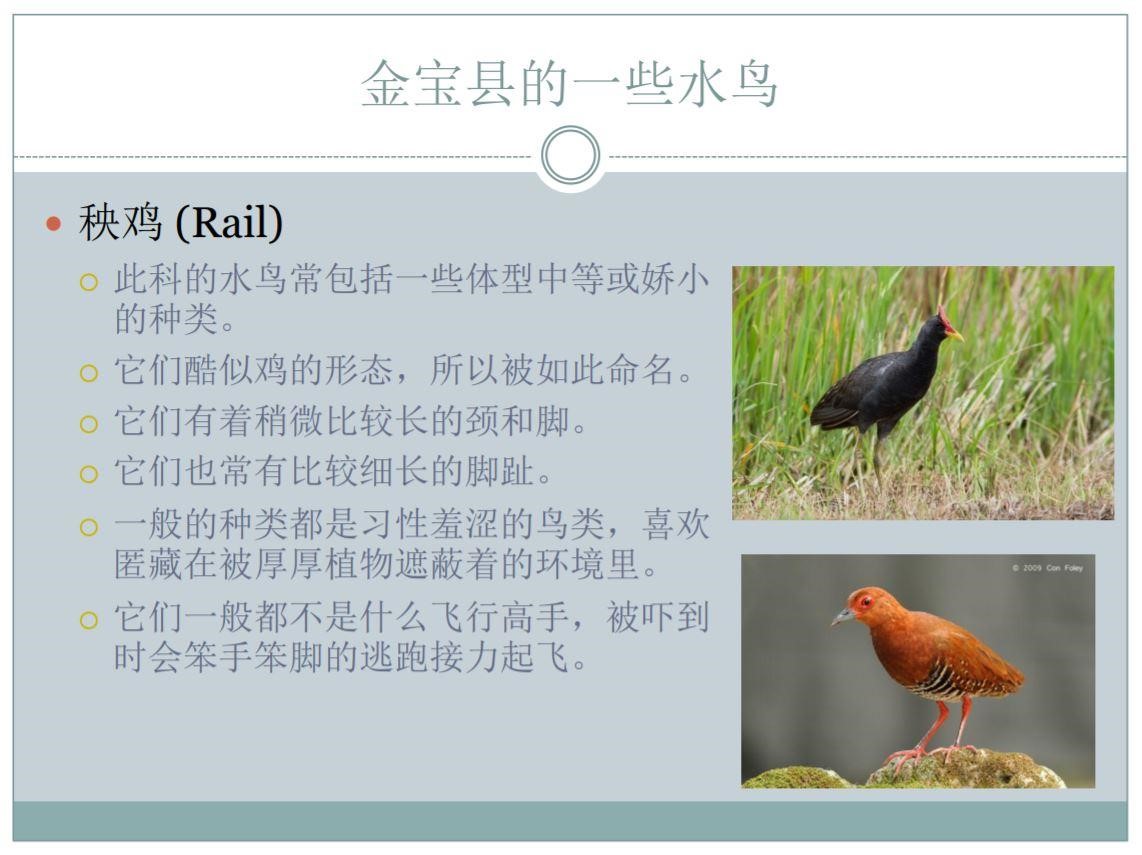
Rails (Gruiformes)
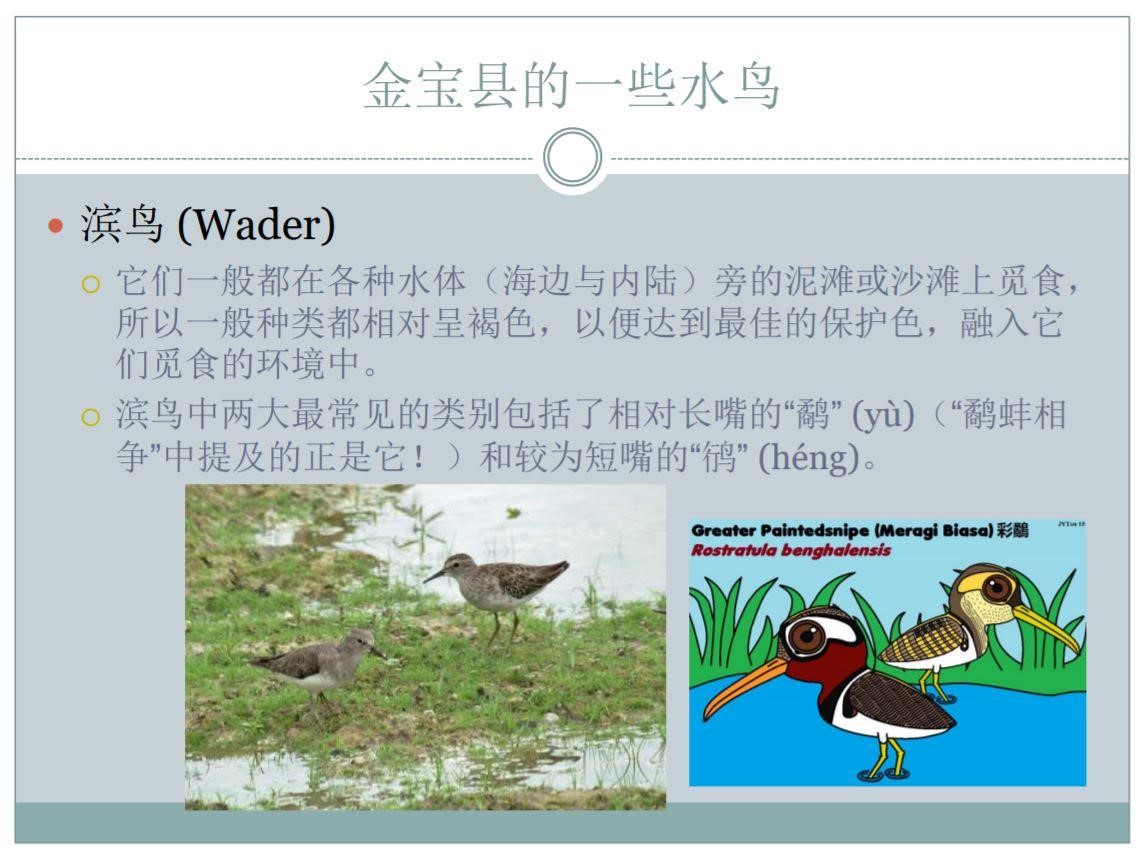
Wader (Charadriiformes)
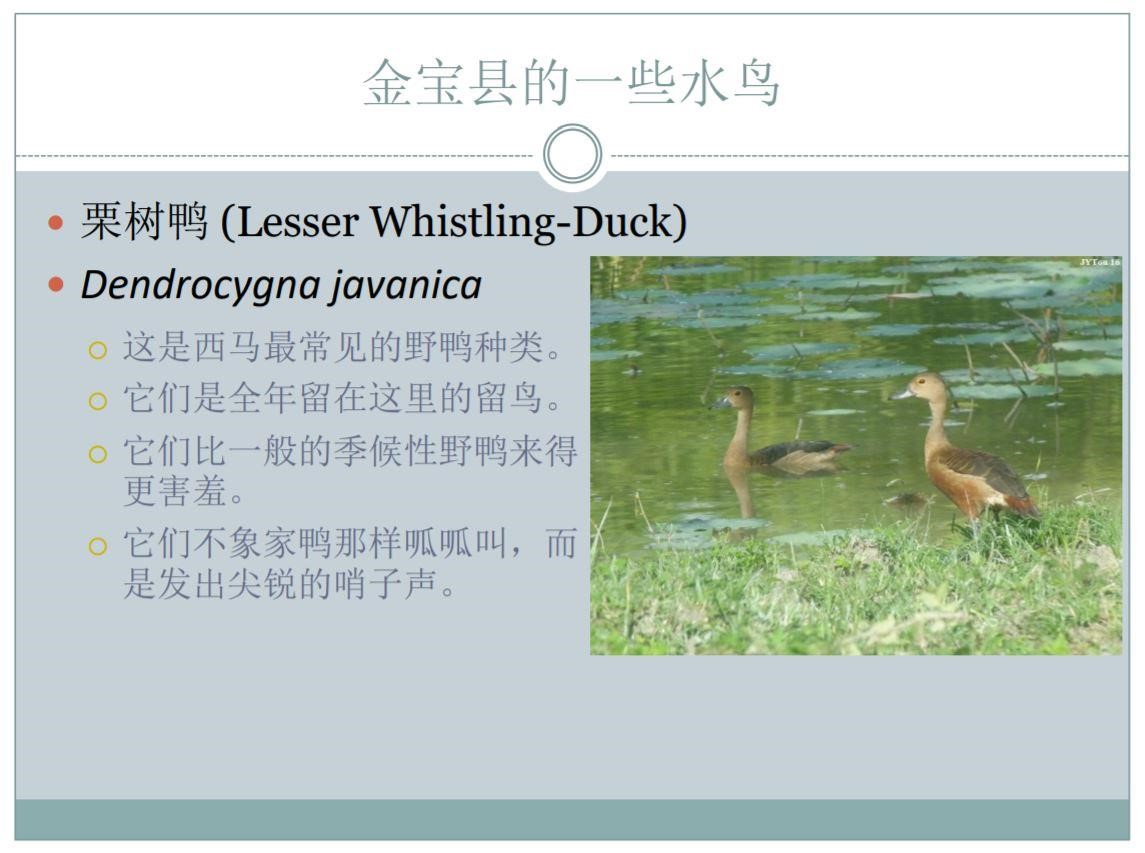
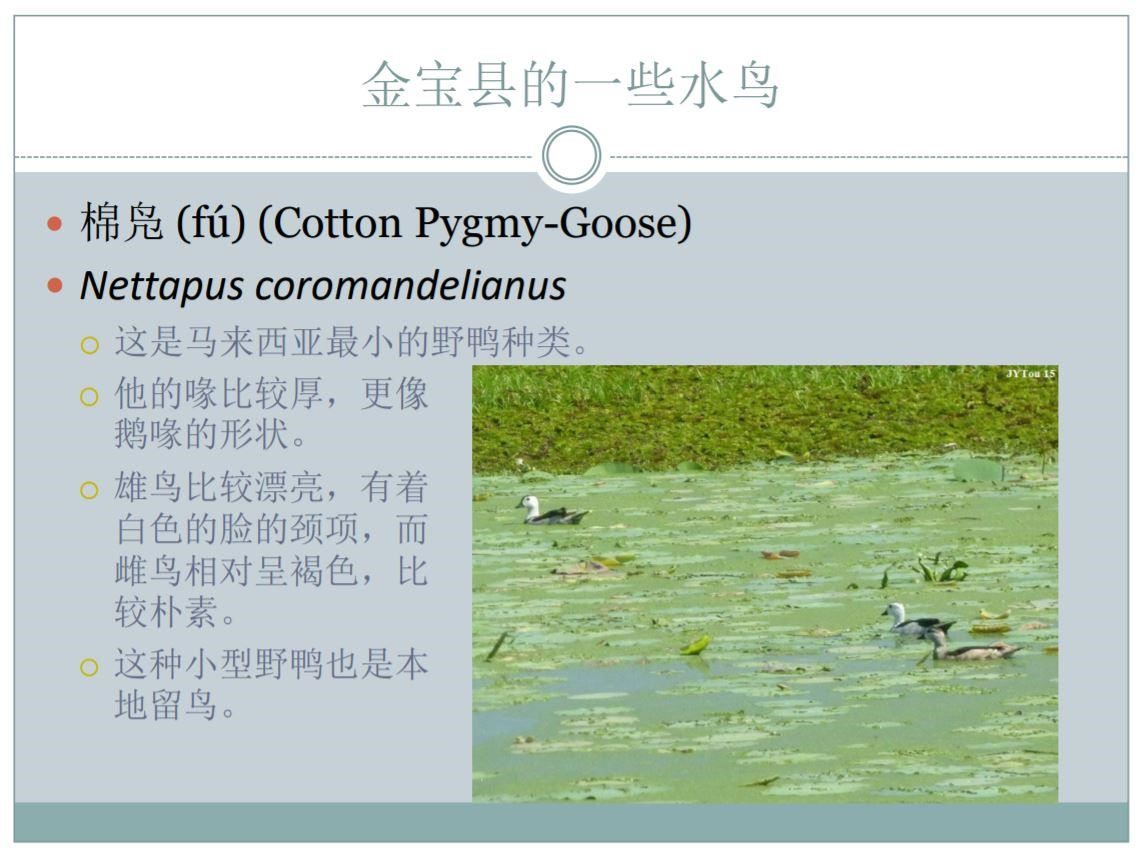
Lesser whistling-duck and cotton pygmy-goose
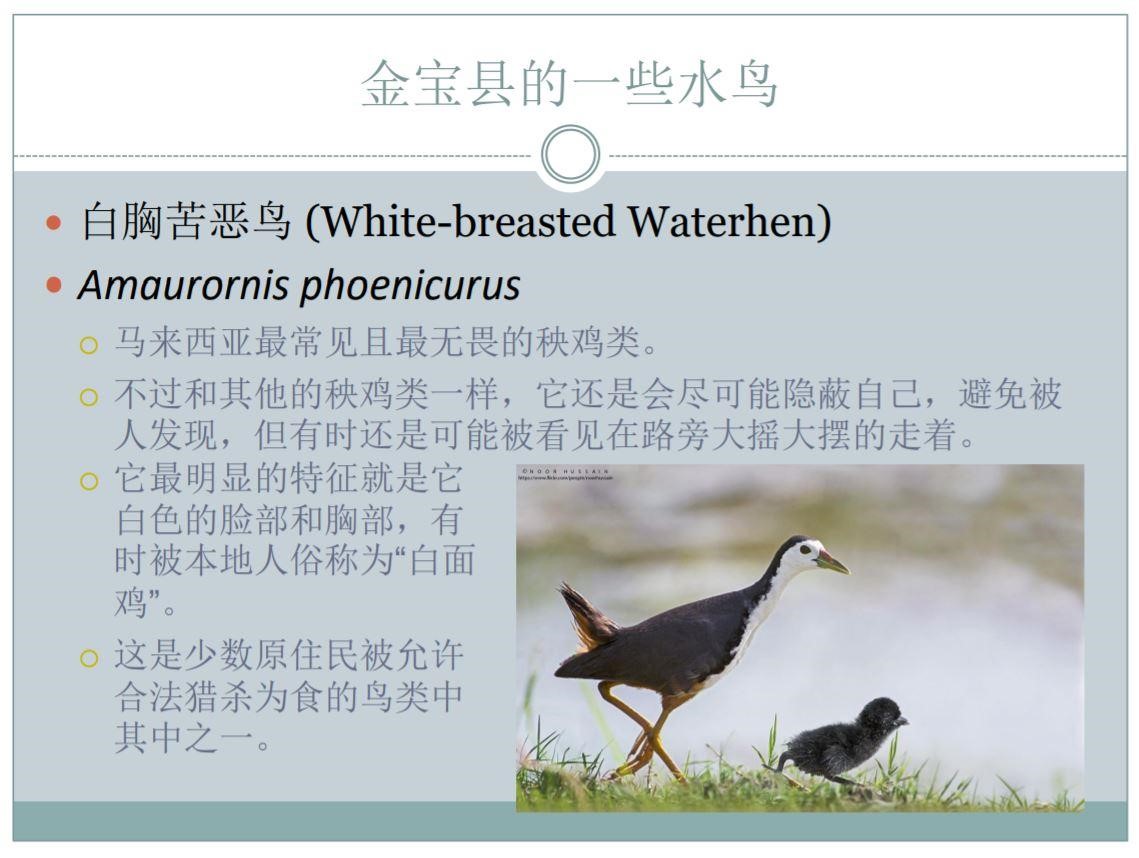
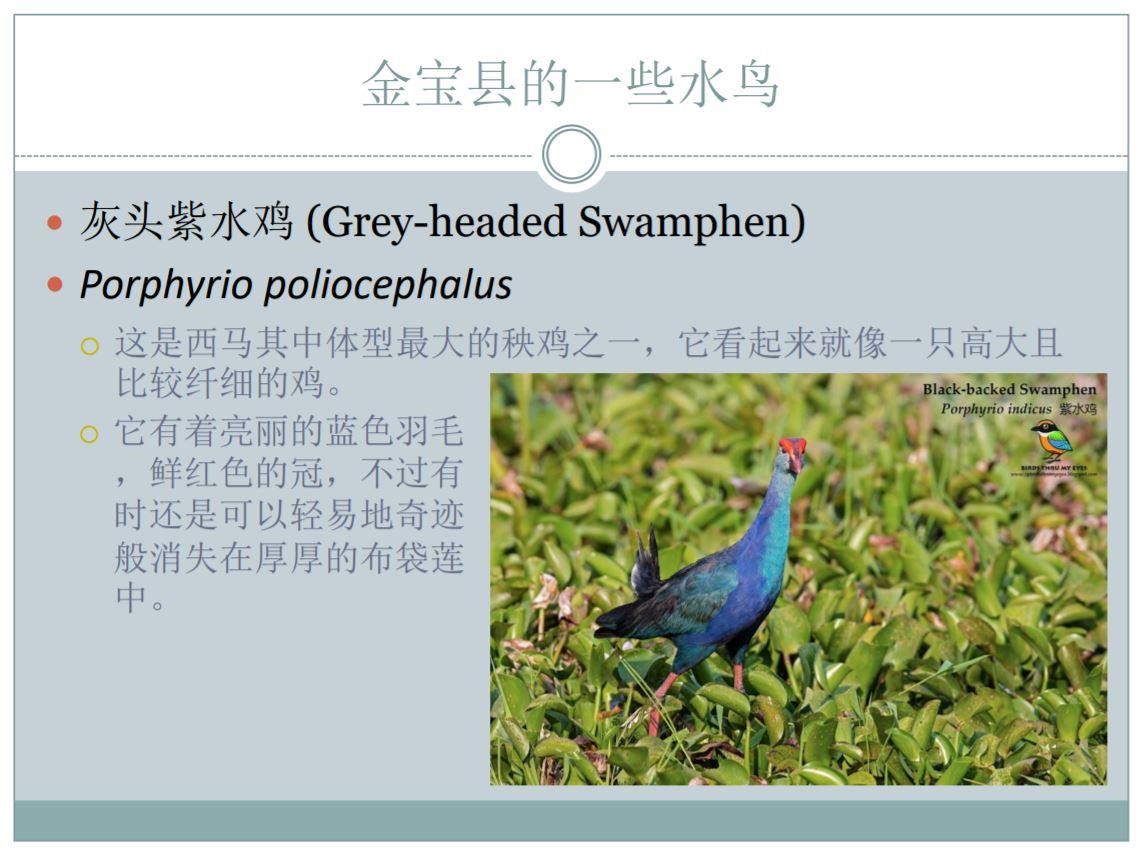
White-breasted waterhen and Grey-headed swamphen
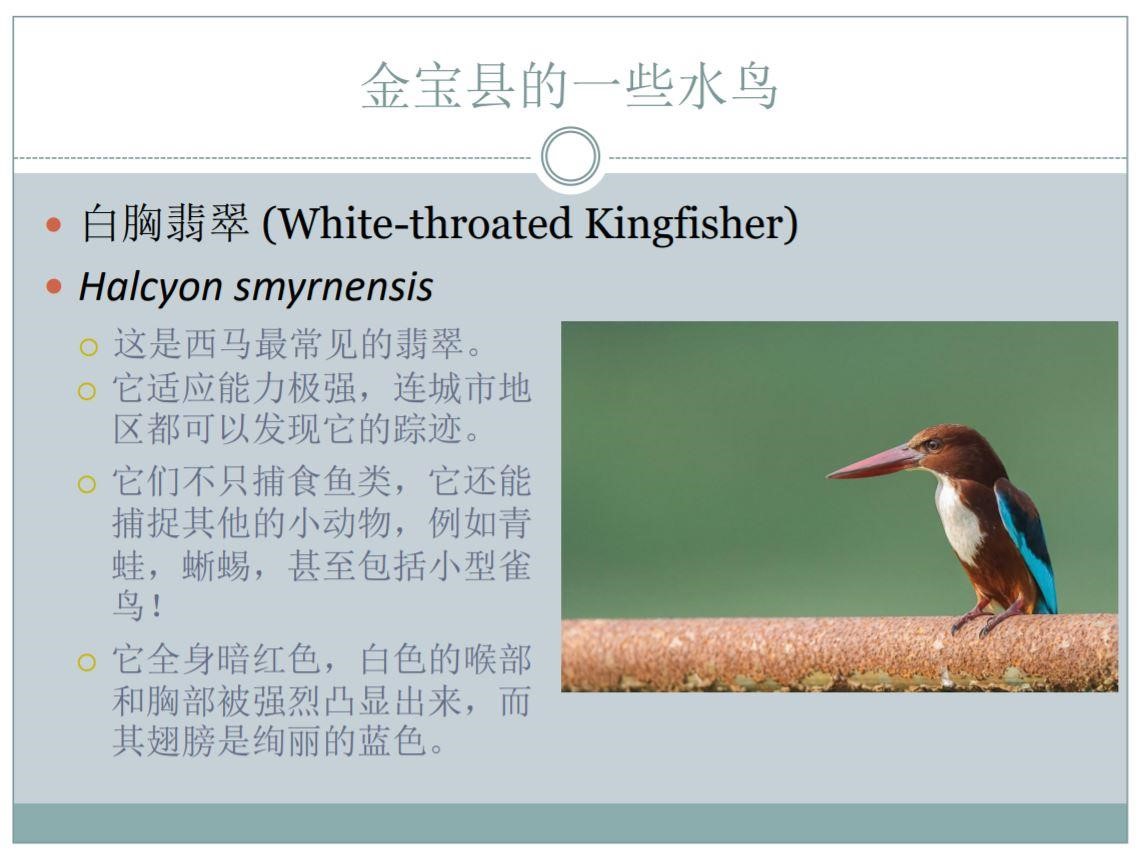
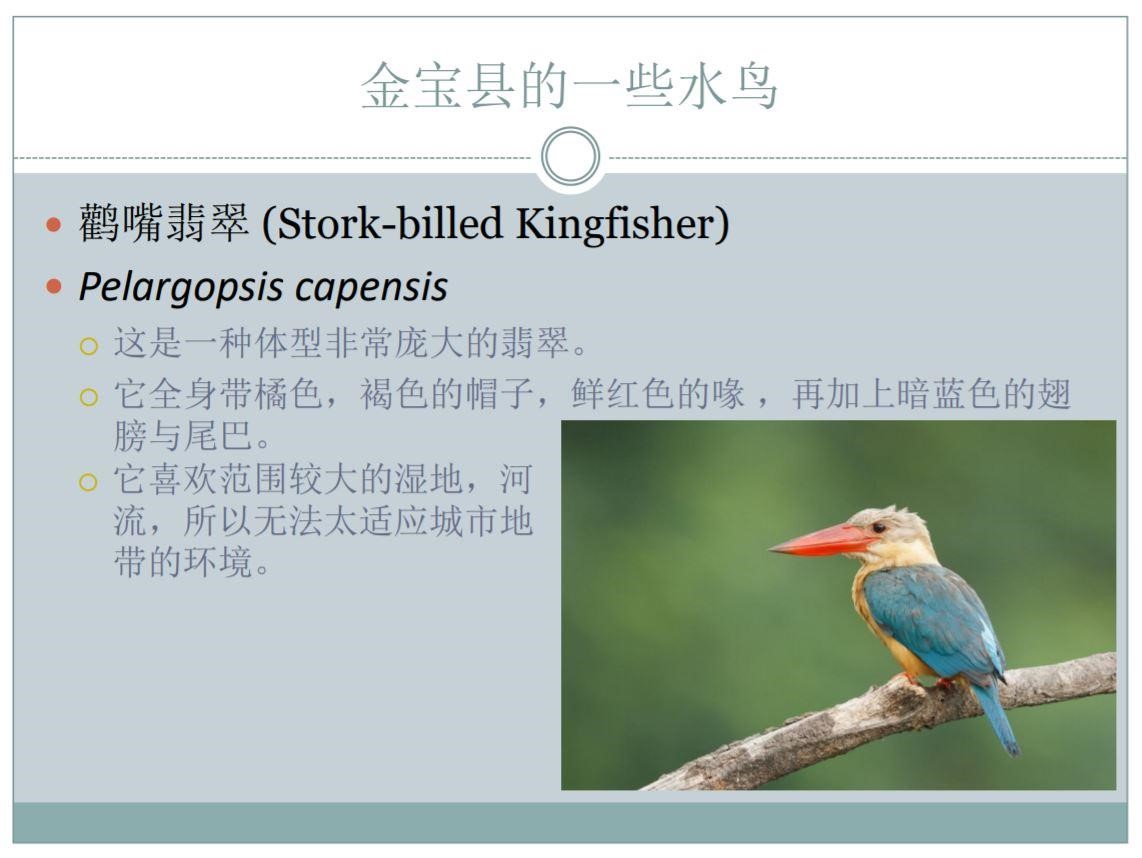
White-throated kingfisher and Stork-billed kingfisher
After showing the pictures of different species of waterbirds, he introduced the waterbird species found in Kampar, such as Pelecaniformes (herons and egrets), Podicipediformes (grebes), Gruiformes (rails), Anseriformes (ducks), Suliformes (darters and cormorants), Charadriiformes (waders and terns), Coraciiformes (kingfishers) and one of the stork species, Asian Openbill (Anastomus oscitans). He explained their features, trails and the difference between the similar species.
About how to observe the waterbirds, Tou suggested, “Keep distance with them when you are observing them. It is because birds usually keep a distance from humans, the same goes for waterbirds, as long as someone tries to get closer to them, they will quickly fly away. In fact, keeping a long distance during the observation process helps us to observe their features and identify their species.”
There was a quiz after the talk to test the participants’ understanding. The speaker and participants had fun interaction during the Q&A session. They discussed some interesting questions such as “how do the waterbirds sleep”, “why do the waterbirds migrate”, “why some waterbirds have longer tails than others” and many more.

Tou (top row, middle) and participants during the English talk


The third talk “Istimewanya Burung Air – Moh Teroka” by Prof Mustafa Abdul Rahman
Tou conducted his talk “Fantastic Waterbirds and where to find them” in English on 1 August 2020, while Prof Mustafa Abdul Rahman, a retired professor from Universiti Malaysia Sarawak, delivered his talk “Istimewanya Burung Air – Moh Teroka” on 8 August 2021. Participants were informed of the importance of waterbirds and the sustainability of their freshwater habitats, as well as the waterbird species found in Kinta Valley through these talks.
![]()
© 2020 UNIVERSITI TUNKU ABDUL RAHMAN DU012(A).
Wholly owned by UTAR Education Foundation (200201010564(578227-M)) LEGAL STATEMENT TERM OF USAGE PRIVACY NOTICE